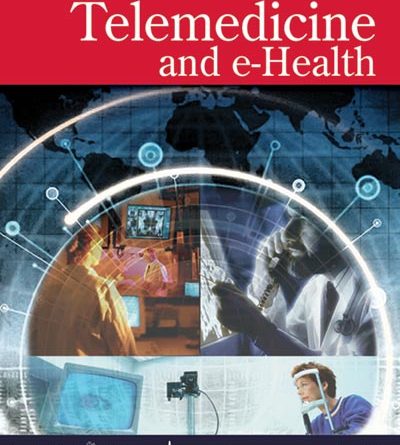Comparable Quality Performance of Acute Low-Back Pain Care in Telemedicine and Office-Based Cohorts
Introduction:Back pain is among the most common presentations in primary care offices. National organizations have standardized the appropriate use of imaging for acute low-back pain (LBP). The objective of this study was to evaluate the use of imaging in LBP between telemedicine and in-person clinical encounters.
Methods:This retrospective cohort compared secondary data from 20,624 telemedicine and office encounters in a large nonprofit health system from July 1, 2019, to June 30, 2021. The proportion of patients aged 18–50 years who did not receive imaging for acute LBP (X-ray, computed tomography, or magnetic resonance imaging) within 28 days of the provider encounter was measured according to Healthcare Effectiveness Data and Information Set specifications. Performance was compared across race, ethnicity, age, body mass index, overall risk score, and insurance type. Chi-squared tests determined significant differences between cohorts (p < 0.05).
Results:Patients seen via telemedicine had significantly lower rates of imaging within 28 days of their physician encounter (office: 16.32%, telemedicine: 11.20%; difference: 5.12%; p < 0.01). This was consistent across racial, ethnic, and risk score subgroups.
Discussion:For practices and health systems, telemedicine might be a higher value approach for initial evaluation of acute LBP in primary care. For policy makers, telemedicine can save on health care costs without negatively impacting quality performance measures.
Conclusions: Telemedicine is unlikely to compromise quality of acute LBP care, supporting this virtual space as an alternative care venue. The most beneficial use of telemedicine might be triaging initial encounters of acute LBP in primary care. Stronger evidence could support its long-term potential for driving value through cost savings.


